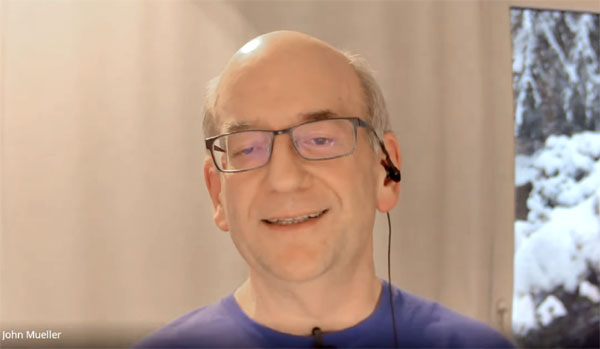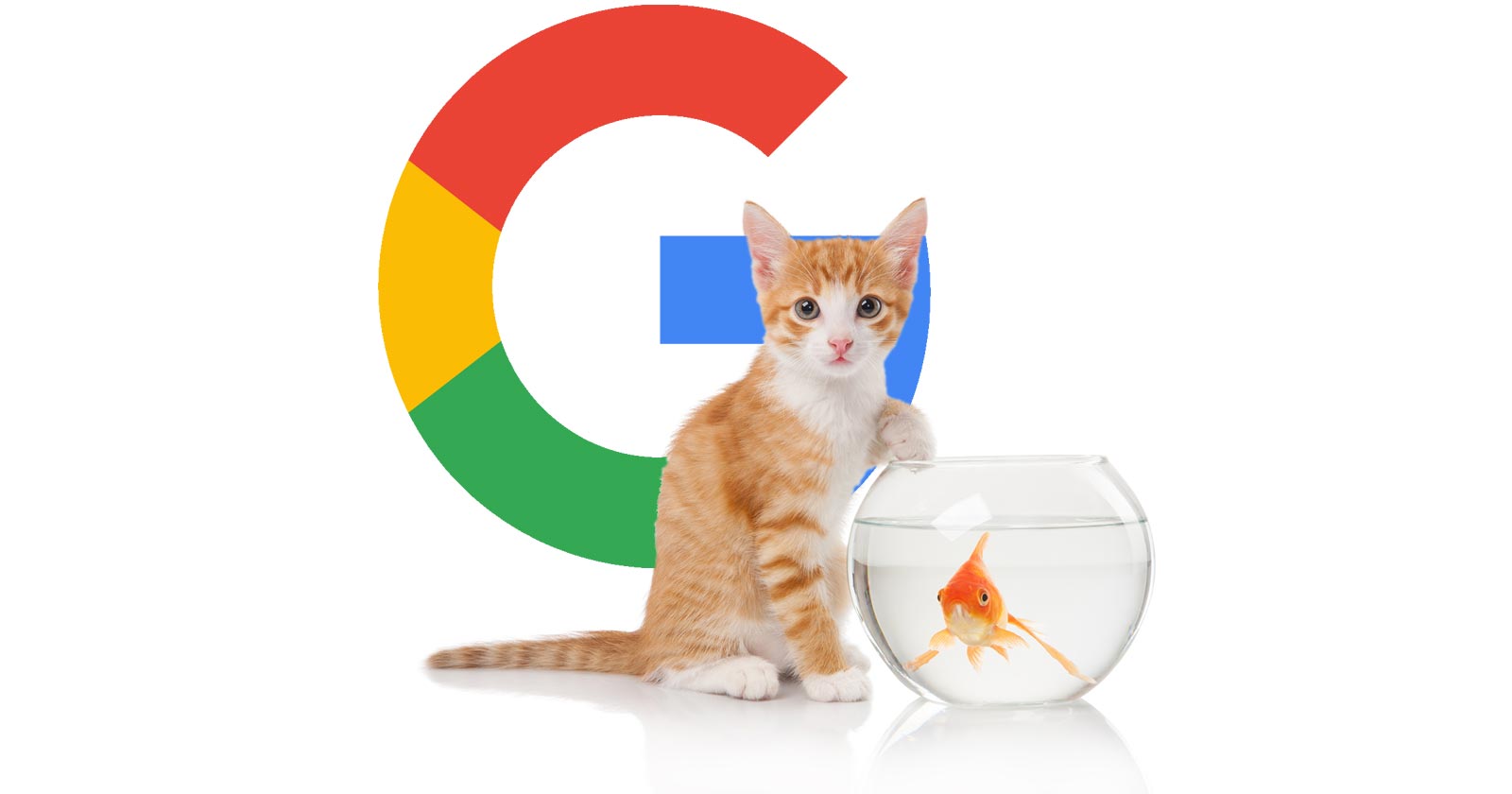Google’s John Mueller answered a question about links in the button element, confirming that Google can’t see them. Some SEOs have been hiding internal links in the button element in order to block PageRank from “unimportant” pages. Mueller’s answer seems to confirm that the tactic for hiding links from Google works.
But just because something can be done, should it?
 Google’s John Mueller discussing links in the button HTML element.
Google’s John Mueller discussing links in the button HTML element.PRG Pattern for Hiding Links from Google
PageRank Sculpting, the practice of hiding internal links from Google, is not a tactic that I’ve ever endorsed or recommended.
However it’s a tactic that many SEOs are interested in.
The concept of the Post/Redirect/Get Pattern (PRG Pattern) for hiding links is the topic raised by the person asking the question and the answer given by John Mueller.
The phrase “PRG Pattern” is never mentioned, but the concept of PRG Pattern is what they are both discussing.
The PRG pattern, sometimes referred to as “The New Nofollow,” is a way to hide internal links from Google by using a button HTML element.
Reasons to Hide Links with the PRG Pattern
There are legitimate reasons to hide links this way in ecommerce stores. Some stores may generate multiple URLs for the same product page. By using this method, a store owner can hide those links from Google and prevent them from having to deal with them. There are even Magento extensions that help to create these kinds of links for online stores.
Another reason some SEOs use the tactic is to keep PageRank from flowing to certain pages that don’t contribute to rankings. Examples of the kinds of pages that some SEOs block are pages about privacy or the terms of service.
The ultimate goal of this tactic is to maximize the amount of PageRank flowing to the pages that matter.
As I stated earlier however, this is not a tactic that I recommend.
PRG Pattern – The New Nofollow
PageRank is the name given to a value that’s assigned to a link that is passed from one link to another link. The more PageRank a page accrues the more trustworthy and popular Google’s algorithm assumes it to be, which helps in rankings.
The practice of limiting which pages receive PageRank is called PageRank Sculpting. The goal of PageRank sculpting is to hide links from Google so that no PageRank is sent to pages that are judged to be “non-essential.”
How Does the PRG Pattern Link Sculpting Work?
The PRG Pattern is basically a form button, like a submit button. For example, when a site visitor submits a form the form redirects the visitor to a “Thank you” page that thanks them for submitting the form.
When the person asking the question references a “button tag” what they are talking about is the button HTML element. The button HTML element is associated with forms, like a contact form, for example.
The PRG Pattern for conserving PageRank works in a similar way to a contact form button. The PRG Pattern “link” is a form button that redirects the site visitor to another internal web page.
To the site visitor the button is just a navigational element that might be labeled with the phrase, “Privacy Policy.”
Does Button Element Negatively Affect SEO?
The question asked is if using a button HTML element for internal linking is harmful to SEO.
Here’s the question:
“Does it negatively affect SEO for internal linking if an anchor tag only contains a button tag?
Does Googlebot take the text inside the button tag into account as a signal for internal links?
Or would it be better to use plain text inside of an anchor tag?”
Google’s John Mueller answers the question, confirming that Google does not click buttons to see where they lead to.
John Mueller’s answer:
“So at least as far as I understand it, by default, a button element on a page is essentially tied to a form element.
And you can use JavaScript to trigger a kind of a navigation to a specific URL, which makes it kind of like a link.
But, essentially, Googlebot won’t click on these buttons to see what happens.
So we would not see that there’s a link associated to another URL within your website.”
If what John Mueller says in his answer is correct, then it appears that the PRG Pattern for Hiding Links could be used to hide pages from Google so that PageRank does not flow to so-called non-essential pages.
John Mueller continued his answer, suggesting a way to use Cascading Style Sheets (CSS) to create the image of a form that contains a link that Google can follow.
Of course, if the goal of the publisher is to hide links from Google, then that’s not something they would be interested in.
Mueller continued:
“So in that regard, if you want to use …something that looks like a button for internal navigation then I would use normal HTML links and just style it with CSS to make it look like a button rather than to use button elements in HTML and add JavaScript that kind of makes them act like a link.”
Can PageRank Be Sculpted Using the PRG Pattern?
According to John Mueller, if what he says is correct, then it may be that the PRG Pattern method may be a way to hide links from Google and keep PageRank from flowing to them.
Mueller didn’t indicate that this is something that was “harmful to SEO” either.
The idea of PageRank is about one site voting for another site. That’s a powerful signal.
The distribution of PageRank to internal pages may not be as strong a signal as a link from another site to an important page of another site. A good site structure is important for helping Google find pages to crawl.
Although SEOs will tend to focus on squeezing every possible advantage, in my opinion, focusing on promoting a site and creating a good internal linking structure is a far better use of time than PageRank sculpting.
Citation
Watch Google’s John Mueller say Google can’t see links in button HTML elements
The segment begins at the 42:.03 minute mark.




